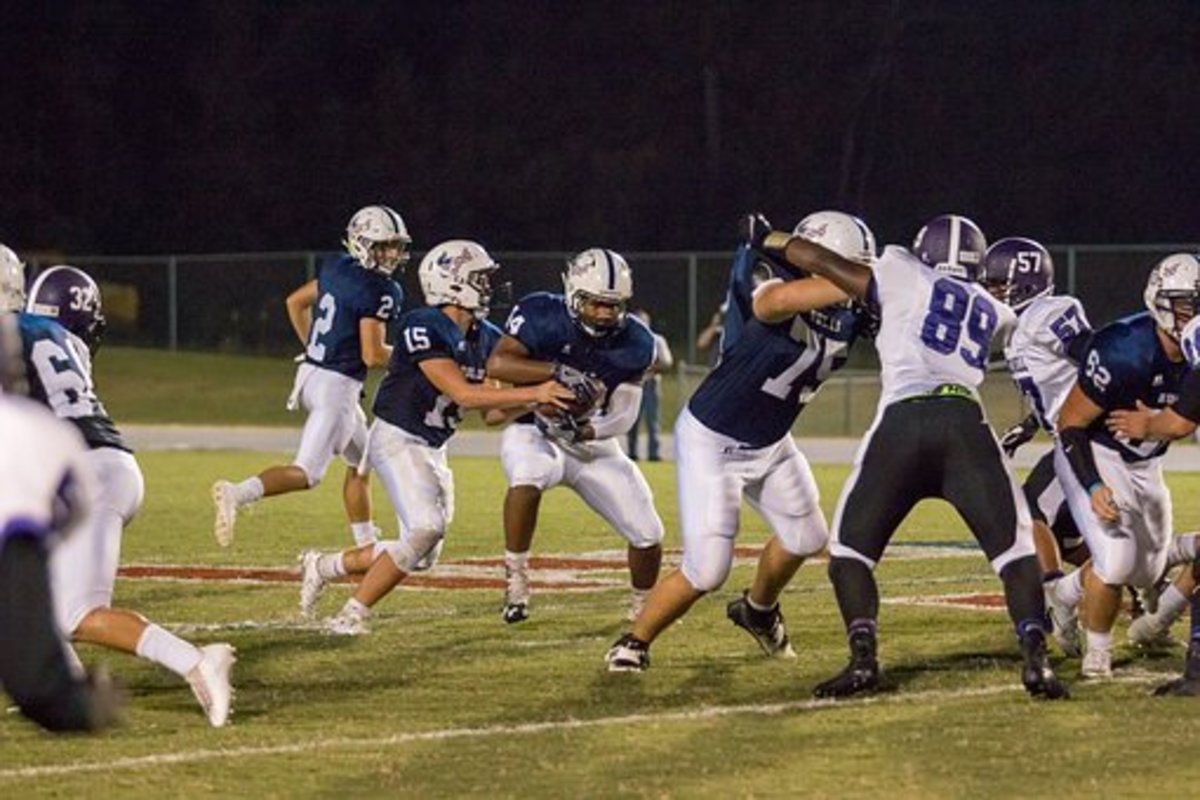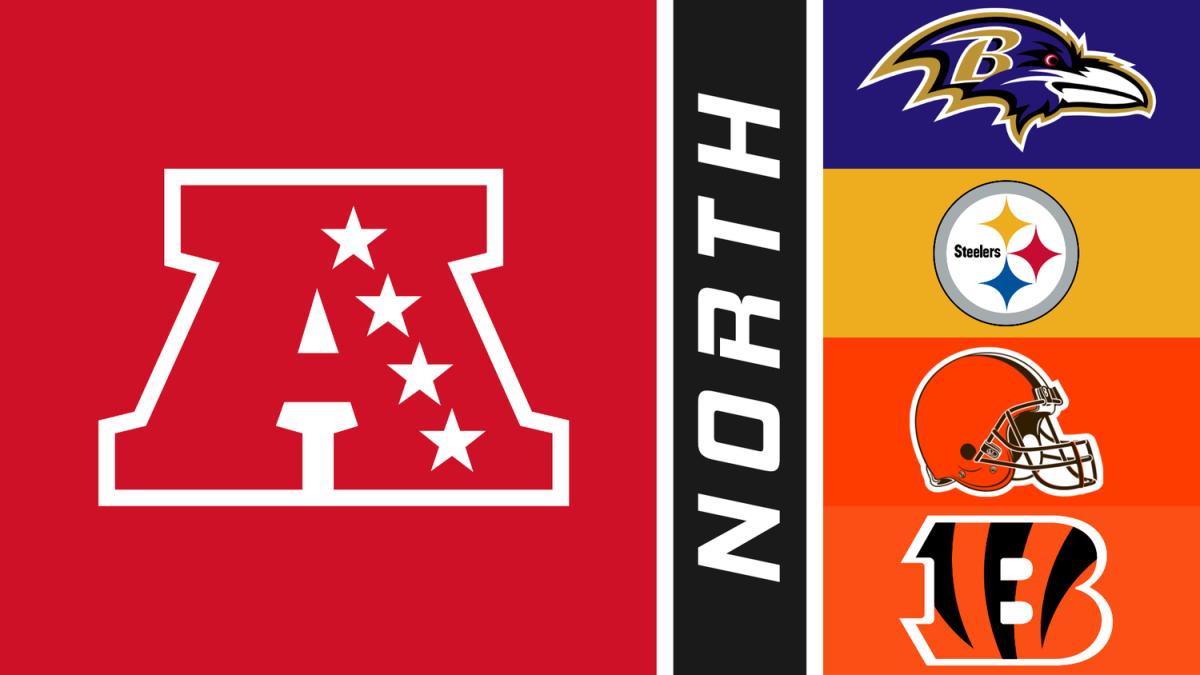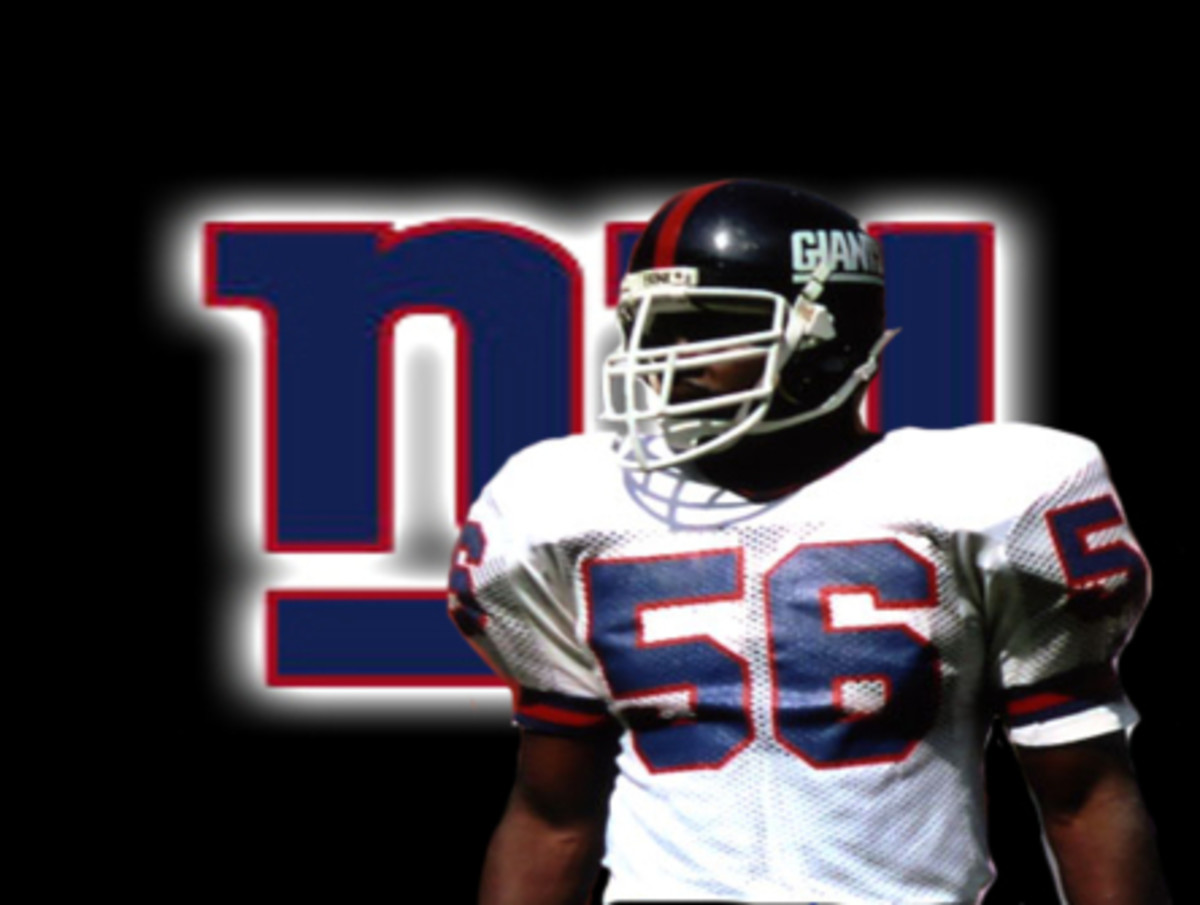American Football: Playing Despite Concussion Risks
Just last week, I read Jeff Pearlman’s opinion on CNN entitled NFL’s dirty little secret: Players Suffer where he talks about the bad effect football has on the players. Now everybody knows how bone-jarring, mind-boggling American football can be but how badly it can affect a football player is not something that NFL wants people to know or should I say, worry about. In fact, they demanded the Toyota commercial be changed otherwise the league would curtail or end Toyota’s ability to advertise during the games. Thus, Toyota edited the commercial and the portion where two children colliding helmet-to-helmet were removed. In the original commercial, the mother worries “about my son playing football” has been edited to “about my son playing sports”. The spokesperson from NFL Brian McCarthy said: “We felt it was unfair to single out a particular sport. Concussions aren’t just a football issue.”
While that is true, that concussion is also an issue in other sports but concussions in football make up the biggest numbers. According to the article by Alan Schwarz on New York Times, researchers at Nationwide Children's Hospital in Columbus, Ohio, report that roughly 100,000 high school football players suffer concussions every year. He noted though that the second to ninth-ranked sports combined reach 100,000. It’s like saying 50% of reported concussion is due to football and the other 50% is due to 9 other sports. And I think the number says it all.
Here’s a look at some of the greatest names in football, and what has happened to them since their retirement, and what american football risks are:
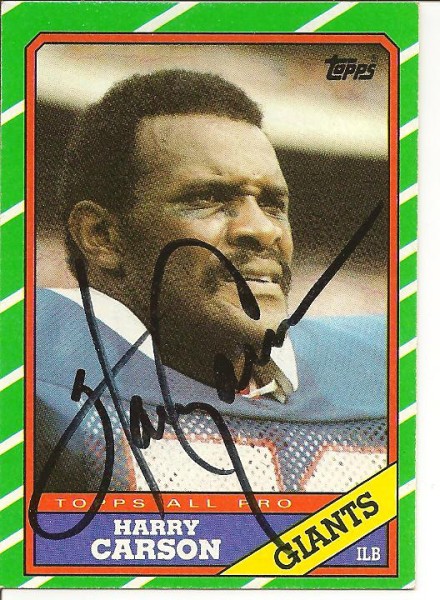
Harry Carson – He played college football for Willie Jeffries at South Carolina State University from 1972 to 1975 and was drafted by the Giants in 1976. He played for the New York Giants for 13 seasons and played his last game in 1988. According to Carson, he is does not think as clearly as he used to be. The pain and other physical maladies brought about by the injuries are things they knew were part of the risks. And given those physical risks he would have still played but the neurological risk were a different matter. Had he known about the neurological risks, he would have answered differently. These days he has to make a list so as not to forget what he was supposed to do or buy, he loses even his train of thought.
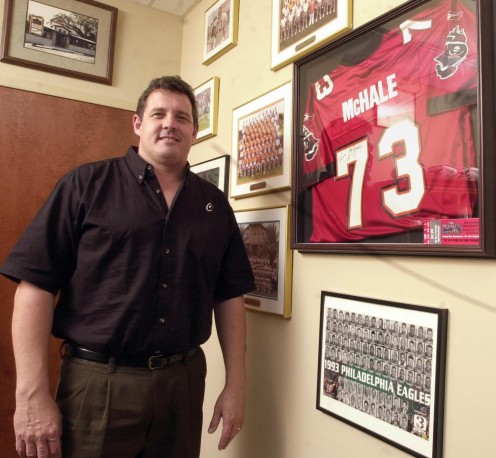
Tom McHale – was an offensive guard in the NFL. He played college football at Maryland in 1983 and Cornell in 1986 and after graduating he played professionally for Tampa Bay Buccaneers, Philadelphia Eagles and Miami Dolphins. In 2008 he was found dead at age 45 and the cause of death was reported as an accidental drug overdose. Studies done on McHale’s brain by the Boston University’s School of Medicine found that he has chronic traumatic encephalopathy or CTE.
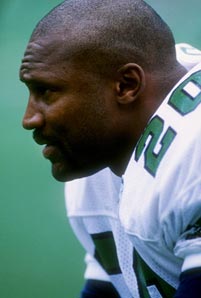
Andre Waters – was an NFL defensive back who played for Philadelphia Eagles in 1984-1993 and for Arizona Cardinals for 1994-1995 and was considered as one of the hardest hitting defenders but on Nov 20, 2006 he committed suicide. Family and friends were surprised because there did not seem to be a reason for Waters to commit suicide and it was only when his brain was examined when it showed what could have been the reason for his depression and ultimately his death. According to forensic pathologist, Dr Bennet Omalu, the condition of Waters’ brain tissue was what you would expect in an 85-year-old man or that with the early stages of Alzheimer’s.
George Visger – was a former San Francisco 49ers lineman. He has a very short career but in 1982 he had a jarring tackle that caused a concussion that almost killed him. He went into coma and was even given the last rites but woke up. Unfortunately, since then he had to have several brain surgeries. For the past 20 years he has a small yellow notebook to write the details of his life otherwise he wouldn’t know what he has been doing and what he is supposed to do next. The yellow notebooks serve as his memory.
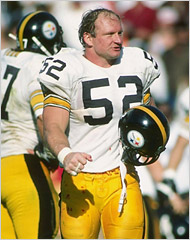
Mike Webster – was considered by some as the best center in the NFL history. He played for Pittsburgh Steelers from 1974-1988 and Kansas City Chiefs from 1988-1990. In a case against NFL, Webster was proven to have been disabled before retiring from NFL. After retirement, he suffered from amnesia, dementia, depression and acute bone and muscle pain. He died of a heart attack and was living out on his pickup truck, train stations and even the lockers of Kansas City Chiefs before he lived with his teenage son Garrett because by then he was a destitute and couldn’t hold a job. Reason behind inability to hold a job was the symptoms of the brain damage.
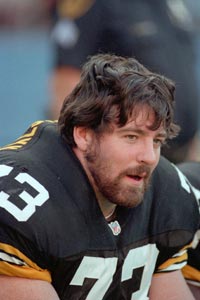
Justin Strzelczyk – was a former offensive lineman for Pittsburgh Steelers from 1990-1998. He died in car crash at the age of 36 while evading a police pursuit. While at first it was thought his irrational behavior was due to influence of drugs or alcohol, toxicity results disproved it. And later, the post-mortem autopsy revealed that he was suffering from brain damage which had caused his irrational behavior.
There are more players that have either died or have some problems which are symptoms of CTE such as lack of insight, poor judgment, decreased concentration and attention, inability to multitask and memory problems. Several retired NFL players that have diagnosed post-mortem with chronic traumatic encephalopathy are:
Lou Creekmur – former Detroit Lions and eight-time Pro Bowler
John Grimsley - former Houston Oilers and Miami Dolphins linebacker
Chris Henry – former Cincinnati Bengals wide receiver
Terry Long – former Pittsburgh Steelers offensive lineman
Gerald Small - former Dolphins cornerback
Curtis Whitley – former center for the Chargers, Panthers, Raiders, in the 1990s
The problem is while cuts, bruises and other physical injuries are easy enough to see, neurological or brain damage is more insidious. There is no immediate effect on a player from concussion except dizziness and more often than not, the players would go back to play after feeling okay. Not realizing that the damage on their brain tissues has already been made without notice. Scientists in their lab jackets have spent years examining the brains of athletes to find the root cause and have spent more years trying to explain how dangerous concussion is to the league, the players, and to the American people who has always cherished football. It has only been recently, with technology, that detecting concussion in living athletes has become more sophisticated.
Although at first NFL has tried to disprove studies revealing brain damage in ex-players until recently. Kevin Guskiewicz, the research director of the Center for the Study of Retired Athletes, is leading the study being made of 3,000 ex-NFL players where diffusion tensor imaging has been done on them. Diffusion tensor imaging “is a measurement of how well neurons, the brain's information messengers, are connected to one another in the brain. If the neurons travel unfettered, it indicates a healthy brain. When the flow is disrupted, it may indicate damage”. So far, studies have showed that “cognitive impairment, Alzheimer's-like symptoms and depression rose in direct proportion to the number of concussions a player had sustained”.
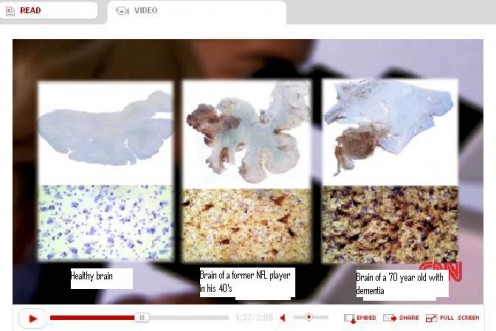
Past and present players admit that the physical risks are part and parcel of the game. In fact some players say they are still willing to take the risks even knowing something bad could happen. Maybe there will be those who will be willing to play despite the possible brain damage they will incur. NFL players are well-compensated as long as they are playing which is one of the main reasons players play even when their bodies are asking them not to. They fear being taken out of the game. Unfortunately, we are no longer just talking of the current players but the future players. The question parents will be asking themselves, no matter how much they love the game, is whether it’s worth the risk. Not only are the risks greater but the disability and benefits are not even at par with what baseball and basketball has for their players, but then that’s another story altogether.
Beginning the 2010 season, a poster was displayed on all NFL locker rooms nationwide. The poster, which was a joint effort between the NFL, NFL Players Association, CDC, Professional Football Athletic Trainers Society, and the NFL Physicians Society, describes the importance of recognizing a concussion, taking time to recover, and not returning to play soon. This is by far the most definitive statement NFL has made on the cognitive risks of football, a fact that they have discredited for so long despite studies made.
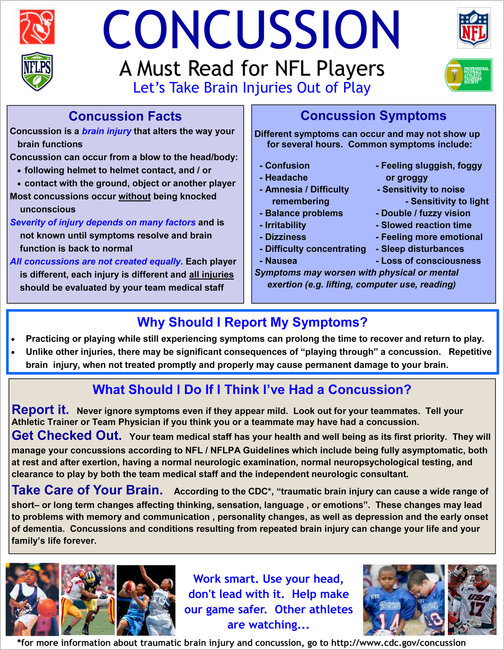
At the same time, a poster educating young athletes about concussion in all sports is now displayed in locker rooms, gymnasiums and schools nationwide. This poster is a joint effort between NFL, CDC, and NFL Players Association, as well as 14 National Governing Bodies for Sport. As some players say, what it says in the poster is scary and makes you think. But I think we have a long way to go especially when it has become an entertainment for us. According to NBC, football on Sunday nights is the most watched primetime show. We celebrate each bone-jarring and punishing blows and mind-boggling tackle that keeps our team on top. And that’s the sorriest part. But kids should know the risks of football and what concussion can do their brain.
The other part is that the players themselves need to learn when to stop. There is a prevailing macho culture that insists we downplay any injuries and continue with the game. What we ought to remember is: Concussion is invisible, it can’t be seen on any CT scan but its effect is detrimental. And all of us should think of the short- and long-term effects of football head trauma not just the love for the sport and the fame and money it brings.
And, yes, this is why I love associated football.
Additional Info
Additional explanation on the work of Dr. Bennet Omalu and how he was able to identify the brain damage or disease he called Chronic Traumatic Encephalopathy can be found in the article Game Brain by Jeanne Marie Laskas. Please see links below.
Need more eye-openers?
- Game Brain: Profiles: GQ
Lets say you run a multibillion-dollar football league. And lets say the scientific communitystarting with one young pathologist in Pittsburgh and growing into a chorus of neuroscientists across the countrycomes to you and says concussions are making - The Year In NFL Concussions (So Far): A Horrifying Video Compilation
By our admittedly rough count, there have been at least 46 concussions in the NFL this season. We've found video for 14 of them clean hits and dirty ones, big hits and relatively minor ones. Watch and cringe and then wonder how many of the names in - UPDATE: Game Brain: The Q: GQ
For her story This Is Your Brain on Football (October 2009), GQ correspondent Jeanne Marie Laskas profiled a team of scientists who had made a startling discovery: Concussions in pro football players can lead to dementia (to read her story, go here). - N.F.L. Toughens Warning On Risks of Head Injury - NYTimes.com
The league is making its most definitive statement yet on the cognitive risks of football in a new locker-room poster. - On NBC, Cris Collinsworth Reacts to Carnage in N.F.L. - NYTimes.com
The NBC football analyst Cris Collinsworth minces few words when it comes to helmet-to-helmet hits in the N.F.L. - Black and Gold: Truth hurts: NFL style endangers the brain
- CDC - Injury: Concussion - Sports: NFL and Young Athletes Posters
Partnering to Help Take Concussions Out of Play; CDC/NFL Poster for Players

